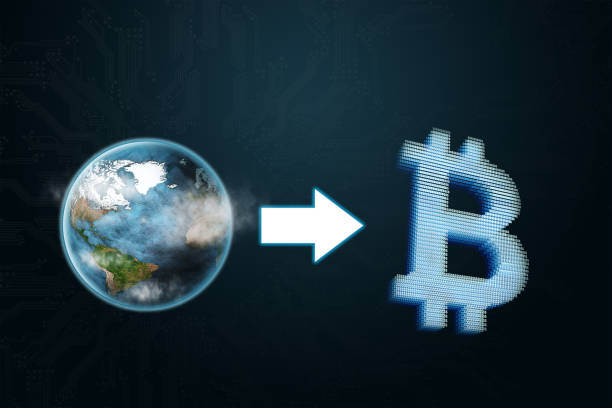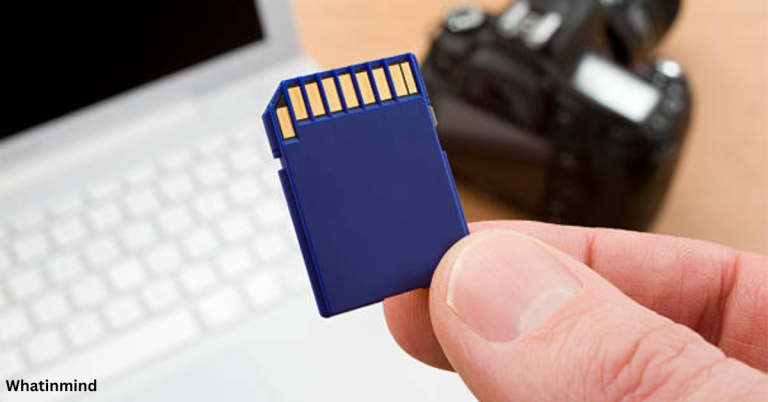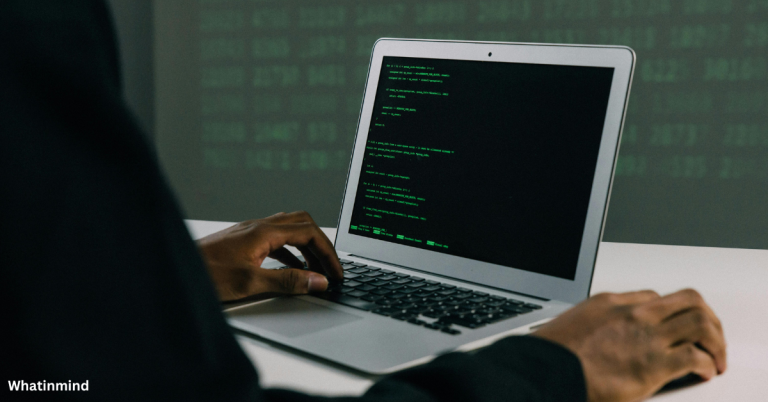How Blockchain Technology Powers RWA Tokenization
Blockchain technology is at the forefront of a financial revolution, transforming how we manage and invest in real-world assets (RWAs). By enabling the tokenization of these assets, blockchain introduces unprecedented levels of efficiency, transparency, and accessibility to markets traditionally constrained by liquidity and high entry barriers. In this article, we explore how blockchain technology powers RWA tokenization and its implications for the future of asset management.
Understanding RWA Tokenization
What Is RWA Tokenization?
RWA tokenization is the process of converting physical or traditional financial assets into digital tokens on a blockchain. These tokens represent ownership stakes in the underlying assets and can be traded on digital platforms. This process democratizes access to various asset classes, such as real estate, commodities, art, and financial instruments, by enabling fractional ownership and enhancing liquidity.
How Blockchain Facilitates Tokenization
Blockchain technology underpins the entire tokenization process, providing a secure, transparent, and efficient platform for creating, issuing, and trading tokens. Key features of blockchain that make RWA tokenization possible include:
- Decentralization: A distributed ledger system that removes the need for intermediaries.
- Immutability: An unchangeable record of transactions ensuring trust and security.
- Transparency: Open access to transaction history and asset ownership records.
- Smart Contracts: Automated agreements that enforce transaction terms.
The Role of Blockchain in RWA Tokenization
Enhanced Security and Trust
Immutable Ledger
Blockchain’s immutable ledger ensures that once data is recorded, it cannot be altered or tampered with. This feature is crucial for maintaining the integrity of asset ownership records and transaction histories. Investors can trust that their ownership stakes are secure and verifiable, reducing the risk of fraud.
Cryptographic Security
Blockchain employs advanced cryptographic techniques to secure transactions and protect sensitive data. Each transaction is encrypted and linked to the previous one, creating a chain of secure and verifiable records. This high level of security is essential for safeguarding tokenized assets.
Increased Transparency
Open Access to Information
One of the significant advantages of blockchain is its transparency. All transactions and ownership changes are recorded on the blockchain and accessible to anyone. This openness ensures that investors can verify the legitimacy of assets and track the movement of tokens, fostering trust in the system.
Real-Time Auditability
Blockchain allows for real-time auditing of transactions and asset ownership. This feature is particularly beneficial for regulatory compliance and financial reporting, as it enables continuous monitoring and verification without the need for manual intervention.
Improved Efficiency
Elimination of Intermediaries
Traditional asset transactions often involve multiple intermediaries, such as brokers, banks, and escrow agents, which can slow down the process and increase costs. Blockchain eliminates the need for these intermediaries by enabling direct peer-to-peer transactions. This streamlines the process, reduces fees, and speeds up settlement times.
Smart Contracts
Smart contracts are self-executing agreements coded on the blockchain. They automatically enforce the terms and conditions of a transaction, ensuring that all parties fulfill their obligations. Smart contracts reduce the need for manual oversight, minimize errors, and enhance efficiency.
Enhanced Liquidity
Fractional Ownership
Tokenization allows assets to be divided into smaller, tradable units, enabling fractional ownership. This lowers the entry barriers for investors, as they can purchase a fraction of an asset instead of the entire asset. Enhanced liquidity makes it easier to buy and sell ownership stakes, increasing market activity.
Secondary Market Trading
Tokenized assets can be traded on secondary markets, providing continuous liquidity and price discovery. Investors can easily enter and exit positions, and the market can respond more dynamically to supply and demand changes. This increased liquidity benefits both issuers and investors by creating a more vibrant and accessible market.
Real-World Applications of Blockchain-Powered Tokenization
Real Estate
Residential and Commercial Properties
Tokenization is particularly transformative for the real estate sector. Property owners can tokenize residential and commercial properties to raise capital more efficiently, while investors can diversify their portfolios by acquiring fractional ownership in various properties worldwide. This process not only enhances liquidity but also opens up international investment opportunities.
Commodities
Precious Metals and Agricultural Products
Tokenizing commodities like gold, silver, and agricultural products allows for easier trading and hedging. Investors can buy and sell tokenized commodities on digital platforms, gaining exposure to these markets without the logistical challenges associated with physical ownership.
Art and Collectibles
High-Value Artworks and Rare Items
Tokenization is making high-value art and collectibles more accessible to a broader audience. By purchasing tokens, investors can own a fraction of a valuable painting or rare collectible, benefiting from potential appreciation in value without the need to physically possess the item.
Financial Instruments
Bonds and Equities
Traditional financial instruments, such as bonds and equities, can also be tokenized. This enhances liquidity and provides greater flexibility for investors to trade these instruments in a more efficient and transparent manner. Tokenization allows for real-time settlement and reduces counterparty risk.
Challenges and Considerations
Regulatory Compliance
Navigating Complex Regulations
One of the primary challenges of RWA tokenization is navigating the complex regulatory landscape. Different jurisdictions have varying regulations regarding securities, ownership, and digital assets. Ensuring compliance with these regulations is crucial for the widespread adoption of tokenization.
Technological Barriers
Scalability and Interoperability
While blockchain technology offers numerous advantages, it is still evolving. Issues such as scalability, interoperability, and cybersecurity need to be addressed to fully realize the potential of tokenization. Developing robust and scalable blockchain solutions is essential for supporting large-scale tokenization initiatives.
Market Adoption
Building Trust and Awareness
Widespread adoption of RWA tokenization requires education and awareness among investors, issuers, and regulators. Building trust in the technology and demonstrating its benefits through successful case studies will be essential for gaining market acceptance.
Conclusion
Blockchain technology is the driving force behind the tokenization of real-world assets, offering enhanced security, transparency, and efficiency. By enabling fractional ownership and facilitating seamless transactions, blockchain-powered tokenization democratizes access to various asset classes and revolutionizes the financial landscape. As technology and regulatory frameworks continue to evolve, the future of RWA tokenization looks promising, with the potential to unlock new opportunities for investors and issuers worldwide.




